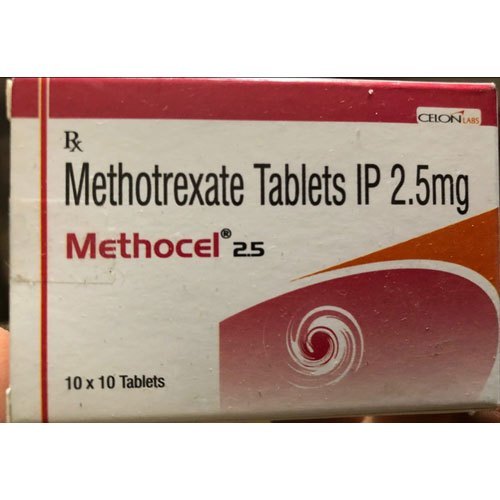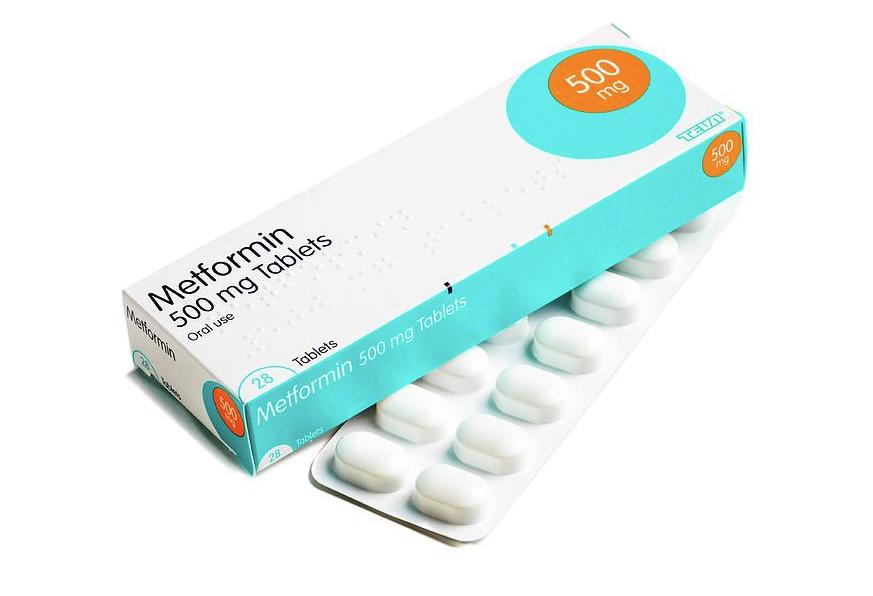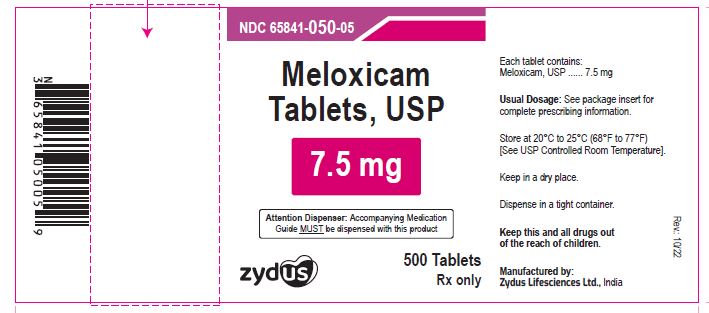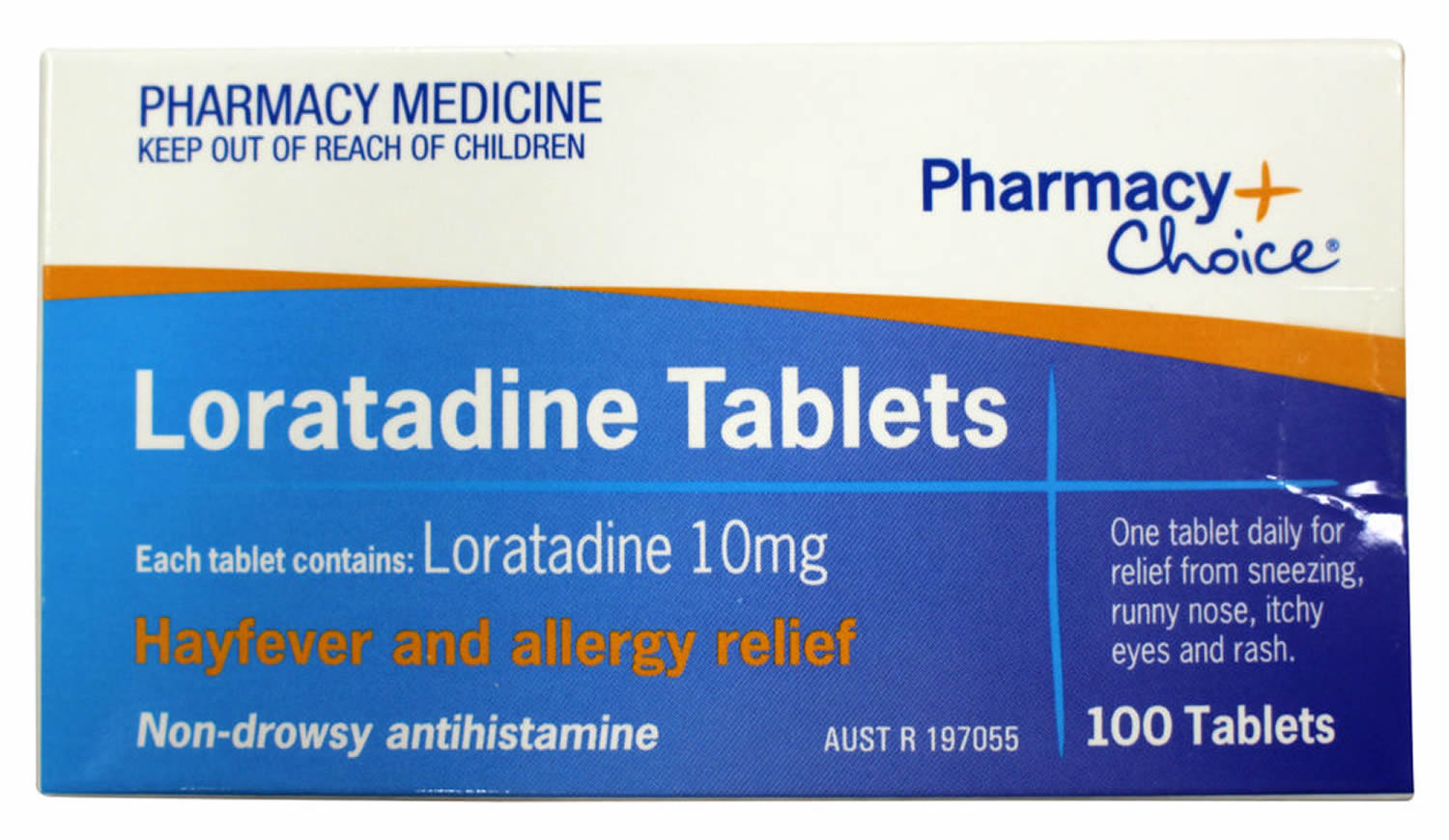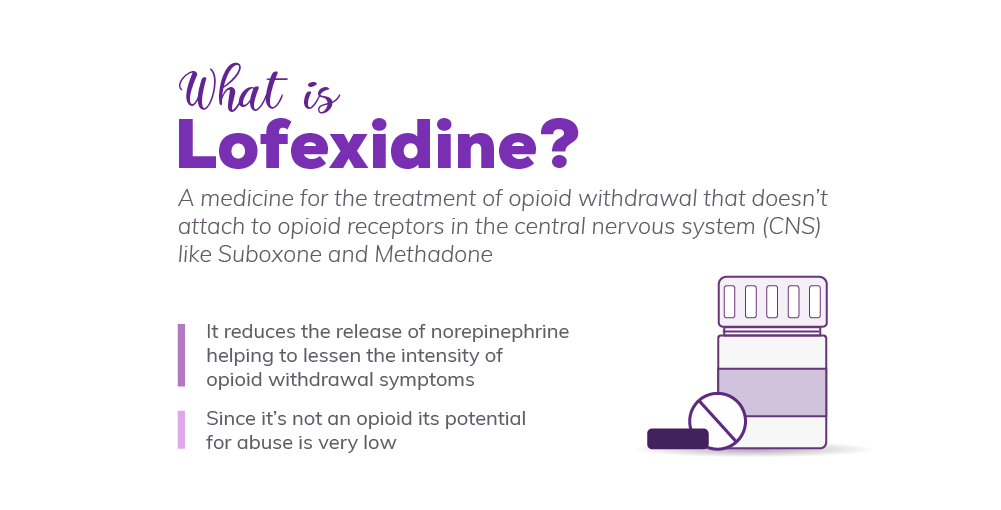Naloxone is a medication used as an emergency treatment for opioid overdose. Here’s information about its uses, benefits, common symptoms, and potential side effects: Naloxone Tablet Uses Benefits and Symptoms Side Effects
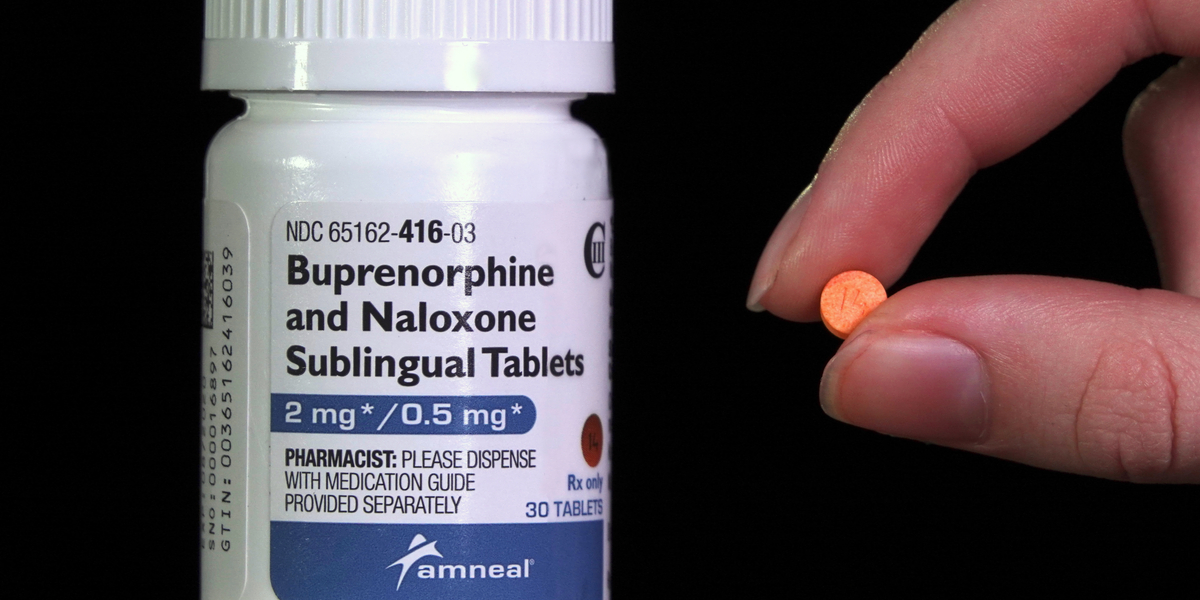
Uses and Benefits of Naloxone:
- Opioid Overdose Reversal: Naloxone is primarily used to rapidly reverse the effects of opioid overdose. It works by blocking the effects of opioids on the receptors in the brain, restoring normal breathing and preventing potentially fatal respiratory depression.
Common Symptoms and Side Effects of Naloxone:
- Reversal of Opioid Effects: Naloxone rapidly reverses the effects of opioids, including respiratory depression, sedation, and decreased consciousness. The individual may regain consciousness, start breathing normally, and experience withdrawal symptoms.
- Withdrawal Symptoms: When naloxone is administered, it can precipitate opioid withdrawal symptoms in individuals who are physically dependent on opioids. These symptoms can include sweating, restlessness, nausea, vomiting, muscle aches, dilated pupils, and increased heart rate.
- Temporary Increase in Pain: Naloxone can also temporarily increase pain in individuals who are receiving opioids for pain management.
- Limited Duration of Action: Naloxone has a relatively short duration of action, typically ranging from 30 to 90 minutes. In cases of severe overdose or long-acting opioids, repeated doses or continuous infusion may be necessary.
- Limited Side Effects: Naloxone is generally considered safe and has few side effects when used to treat opioid overdose. However, it is important to administer naloxone in appropriate doses and seek medical assistance promptly.
It’s important to note that
naloxone is not a substitute for emergency medical care. If you suspect an opioid overdose, it is crucial to call emergency services immediately. Naloxone is typically administered by trained individuals, such as emergency medical personnel, healthcare providers, or bystanders who have received proper training.
Inform your healthcare
provider about any pre-existing medical conditions, medications, or substances you are taking to ensure the appropriate use of naloxone. Naloxone does not produce significant effects in individuals who do not have opioids in their system, and it is generally considered safe for use in individuals who may have been exposed to opioids accidentally.
If you have any concerns or experience
troubling symptoms while administering or receiving naloxone, consult with a healthcare professional for further evaluation and guidance. They can provide personalized advice based on your specific situation and help ensure appropriate management of opioid overdose.
Naloxone Tablet Uses Benefits and Symptoms Side Effects Naloxone Tablet in hindi Naloxone Tablet in hindi





